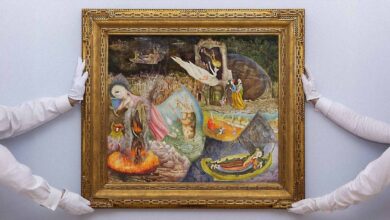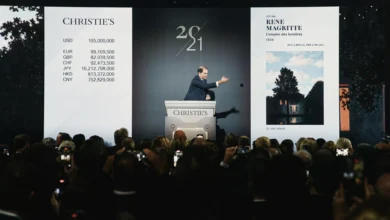The city of Florence, long celebrated as the cradle of the Renaissance, is embracing a bold new chapter. Contemporary art and culture now intertwine with its rich history, offering visitors a fresh perspective on this timeless destination.
A City Reimagined
Florence is no stranger to reinvention. From the grandiose visions of Michelangelo to the detailed works of Botticelli, the city has always been a hub of artistic innovation. Today, however, Florence is blending its historic charm with modern sensibilities. Traditional landmarks such as the Uffizi Gallery and the Palazzo Pitti are curating contemporary art alongside their classical collections, creating an engaging dialogue between old and new.
One notable addition is a recent installation at the Uffizi: a series of digital light projections by emerging Italian artist Lucia Marcella. These projections play against the ancient marble statues, infusing them with a sense of movement and vibrancy that captivates the imagination.
Florence’s revival isn’t limited to its museums. Local artisans, who have long upheld traditional crafts such as leatherworking and goldsmithing, are collaborating with contemporary designers to bring a modern edge to their creations. Shops in the Oltrarno district are brimming with one-of-a-kind pieces that blend old-world techniques with contemporary aesthetics.
Francesca Rossi, a third-generation Florentine shoemaker, is a prime example. She recently teamed up with sustainable fashion designer Marco Esposito to create a line of handcrafted, eco-friendly footwear. Their collection has garnered international attention, proving that Florence’s artistic legacy is alive and well.
Modern Experiences with a Historic Twist
Florence has also reimagined its leisure activities. Visitors can now enjoy punting on the River Arno, guided by local historians who weave tales of the city’s storied past. Meanwhile, the city’s culinary scene is experiencing a renaissance of its own, with chefs reinventing classic Tuscan recipes using locally sourced, organic ingredients.
One standout is the Michelin-starred restaurant La Vita Nuova, where chef Giulia Bartoli presents a tasting menu inspired by Dante’s Divine Comedy. Dishes such as “Inferno Risotto” (a fiery blend of chili and saffron) and “Paradiso Gelato” (a celestial lavender-infused creation) have become must-tries for food-loving art enthusiasts.
Preserving the Soul of Florence
Despite these exciting changes, there’s a collective effort to ensure Florence’s transformation doesn’t come at the cost of its authenticity. Locals and city officials alike encourage visitors to support family-run businesses and participate in cultural experiences that respect the city’s traditions.
“Florence has always been a city of contrasts,” says curator Elena Bianchi. “What we’re seeing now is a natural evolution—one that honors our past while embracing the future.”
Why Florence Matters Today
Florence’s ability to adapt and evolve while preserving its unique character is a testament to its enduring appeal. In a world where many cities risk losing their identity to modernization, Florence offers a model for how to grow while staying true to one’s roots.
Whether you’re an art lover, history buff, or simply someone in search of inspiration, Florence’s contemporary renaissance is not to be missed. As this iconic city steps boldly into the future, it reminds us that art, culture, and innovation are timeless forces.




